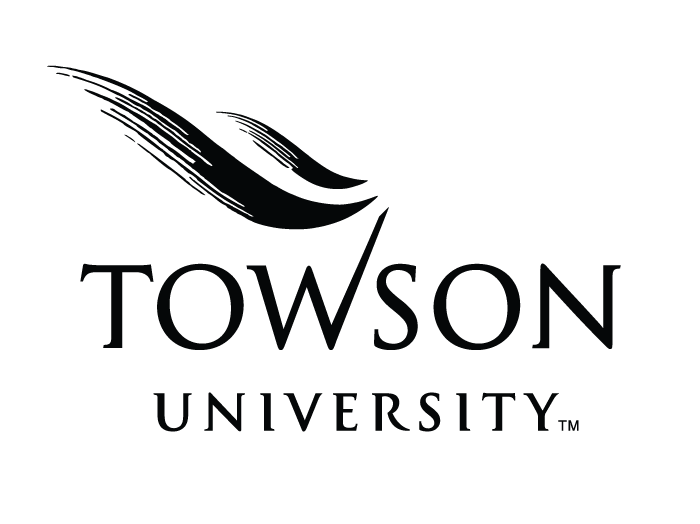Hundreds of Maryland educators came together at Towson University on Friday to discuss ways to make teacher preparation and student education more effective and efficient.
Focused on the theme of technology in education, the day-long Maryland Teacher Education Summit brought educators, education experts, businesspeople and legislators together to talk through the specific challenges presented by technology and changing education standards in modern society and government.
“Whether we like it or not, [students] are growing up in a digital world,” said State Superintendent of Schools Lillian Lowery. “And we’ve got to meet them where they live.”
The challenge for teachers is pedagogical, says Towson University President Maravene Loeschke. Evolving technology disrupts the way teachers think teaching should work, and that forces new adaptations. It’s not necessarily a negative new presence in the classroom, but it’s forcing educators to reconsider everything from curriculum to method to relationships with students.
“We are fully intending to lead the national conversation about what kind of changes we’re going to make in teacher preparation,” Loeschke said. But, she added, what’s much more important is that the summit focused on how everyone will work together to give Maryland’s students the best education possible. “That’s going to require very significant changes in the way we do things.”
Towson’s roots as a teacher’s college and its 150 years of teacher preparation help push the university toward innovation in education. College of Education Dean Ray Lorion says TU has entered a pilot program with Baltimore County that brings full-time county faculty to TU and sends full-time TU faculty to the county to teach in each other’s classrooms.
“Teacher education is a campus-wide program,” said Lorion. “What [the summit] means to the campus is that we’ve started a conversation with the state Department of Education, the University System as a whole, and also with the school systems across the state that ideally will end up with them being more involved with how we prepare teachers and how they prepare their new teachers to stay long-term in teaching.”
Governor Martin O’Malley brought a message of pride in the state’s teachers and the accomplishments of its students. But he pointed out that only 60 percent of teachers feel that they have enough time to meet their students’ needs. He said technology might help increase that percentage by helping better connect teachers to their students.
“Our students are facing a future that’s ever more competitive,” said O’Malley. “And the competition is not just with kids in New York and New Jersey—it’s kids in New Delhi and New Zealand and all around the world, so that’s why we need to make sure they have the skills they need to succeed. And in order to do that, we have to up our game in terms of giving you the preparation and the skills that you need.” He pointed out that the state has instituted a $3.5 million digital education grant aimed at enriching the classroom experience.
Towson University Provost Tim Chandler called the summit a huge opportunity and the most energizing event he’d been to in “a long time,” He observed that few people left the room during break time because they were still talking about the discussion topics.
“All of these people have come together with a pretty singular goal in mind: what we need to be doing to make our schools better, our children better educated and, in the long run, the lives of the populace of Maryland better,” Chandler said. “That’s a great thing to have 300 people come and think about in one room.”
